Forests, pastures, water and villages. This is the Valtellina and much more. It’s the mountains paradise of Lombardia, a diverse and lively landscape where you’d never take a stop. The four seasons of the year are four amazing opportunities to discover new places, to relax, to take your time, enjoy yourself and enjoy the cultural offer. Whoever reaches this part of the Alpes will find their dimension: according to the area and the altitude Valtellina provides equipped ski facilities, tracks in the altitude or in the valley, historical routes and architecture, cycle routes, river routes and jubilation of good food and good wine. There are several things to do and you can be spoiled of choice from the foot of Mount Stelvio to lake Como. We have decided to explore the mid-valley setting off from Teglio, heading towards Tirano then visiting Mazzo di Valtellina all the way to Grosio.
Teglio, the land of pizzoccheri
Halfway between Sondrio and Tirano, the scenic village of Teglio, an ancient land of conquest for the Romans, the Lombards, the Grisons and Napoleon’s Cisalpine Republic, is a certified “slow city,” listed in the international network of good living destinations with the preservation of historical-artistic icons, hospitality and food. One goes to Teglio first and foremost for pizzoccheri, a traditional local dish celebrated by the Pizzocchero Academy and prepared with buckwheat flour and white flour, butter, Valtellina Casera Dop cheese, grana cheese, savoy cabbage, potatoes, garlic and pepper.
And to Teglio one also goes to visit Palazzo Besta, a 16th-century Renaissance mansion with a harmonious façade, a beautiful inner courtyard, a main floor with a decorated hall of honor, and the Antiquarium Tellinum, on the ground floor, where remote evidence of Valtellina art is collected. The territory, moreover, is an open-air gymnasium: from the four hundred meters of the valley floor to the nearly 3,000 meters of the highest peaks in the territory, there are numerous opportunities to be outdoors and practice sports. Mountain biking or horseback riding are available along the network of ancient dirt roads, while canoeing and rafting are available down the Adda River, while for the more experienced there is climbing on the Castelvetro cliff. Finally, one cannot leave Teglio without turning one’s eyes, at least once, to the tower “de li beli miri,” the symbol of the village situated in a dominant position over the valley.
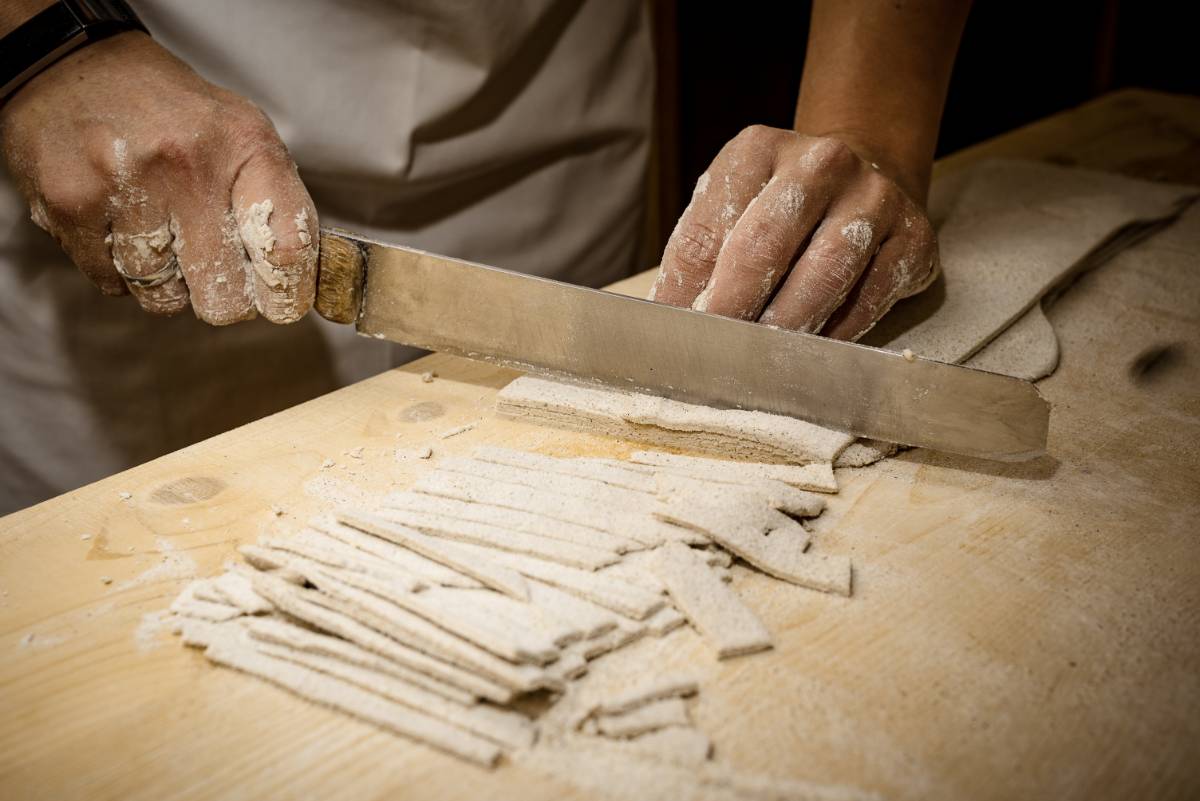
Tirano, the red train and the treasures of art
It is the red Bernina train, a Unesco heritage site, that is the symbol of Tirano, divided into two historical nuclei: the old town, located on the left bank of the Adda River, and the Madonna di Tirano area. In the former, visit Palazzo Salis, a stately residence composed of two towers-which characterize its late 16th-century facade-and rich interiors in which to see the “Saloncello,” decorated with 17th- and 18th-century frescoes, the grand staircase and historic cellars. Also in the old village, the 18th-century Palazzo Merizzi, with its beautiful porticoed courtyard decorated with stuccoes, and the 15th-century parish church of San Martino stand out. Tirano’s other historic core is in the area of the Sanctuary of the Madonna of Tirano, in elegant Renaissance forms. The late 16th-century three-mullioned bell tower is joined by an interior enriched with Baroque decorations, 16th-century wooden statues, and a sumptuous 17th-century organ.
Near the shrine is the Tirano Ethnographic Museum, which focuses on local customs and traditions. Tirano is also flavors, such as those of its typical dish, Chisciöi, buckwheat and cheese pancakes, but also outdoor activities such as rafting, mountain biking and trekking. The Adda River here provides thrills for water sports enthusiasts, while fans of two wheels – which can be rented on site with the “Valtellina rent a bike” service – can explore the area starting with the “Via dei terrazzamenti,” the bicycle path between Morbegno and Tirano. Also of great scenic impact is the Sentiero Valtellina, a bike trail leading to Grosio, suitable for all ages, and all-hiking, on the other hand, is the intriguing “smugglers’ trail.”
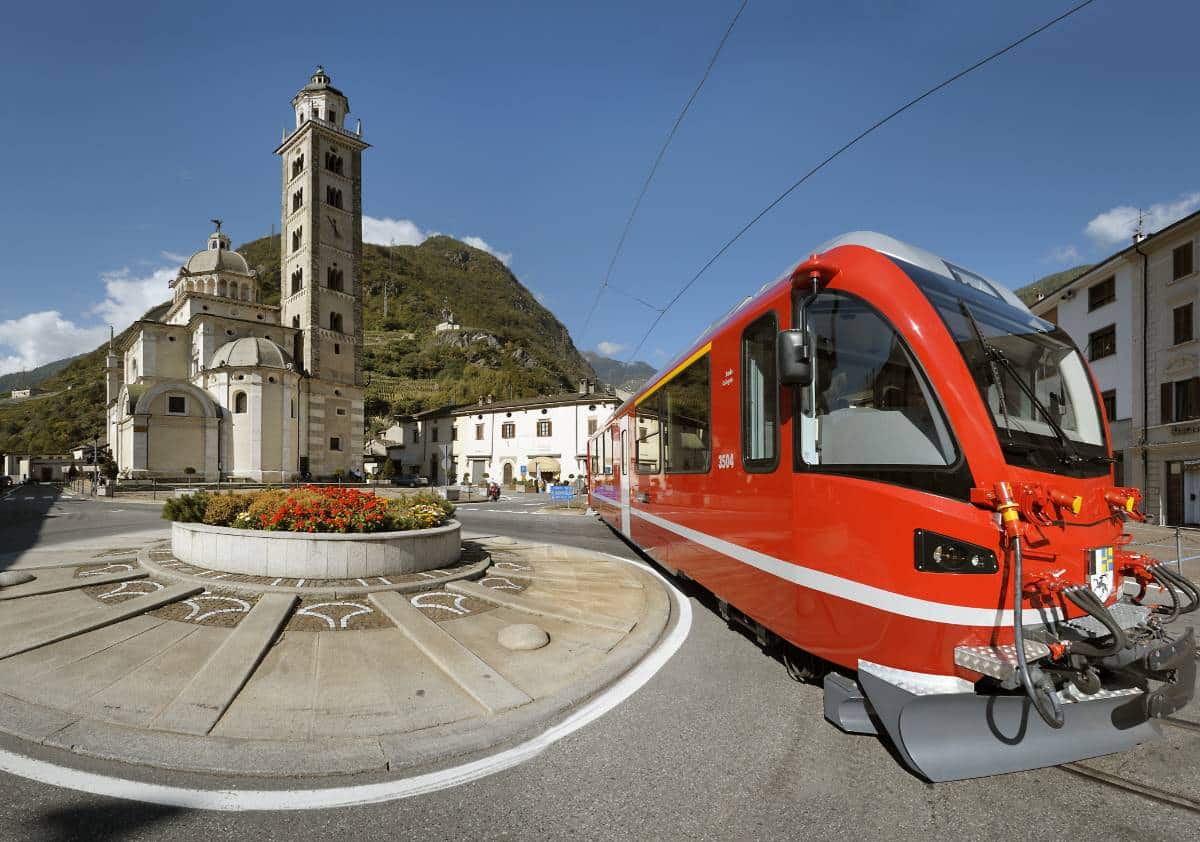
Mazzo di Valtellina, in the shadow of Mortirolo
Set in the shadow of Mortirolo, the legendary summit of the Giri d’Italia, Mazzo di Valtellina is reached after a route that winds through vineyards, woods and meadows. At high altitudes are chestnut forests and coniferous woods, while the valley floor is an area of apple cultivation and the production of bresaola, the Igp cured meat that stands out among the main and most appreciated gastronomic specialties of Valtellina. Art enthusiasts come to Mazzo for the church of Santo Stefano, of very ancient origins, once the heart of religious life and the center of the local parish church. With a typically Baroque appearance, the church houses a richly decorated interior and a sacristy with an interesting cycle of frescoes. The Santa Maria complex is also worth a stop: composed of three religious buildings, it offers the medieval octagonal baptistery of St. John the Baptist, the 15th-century church of Santa Maria and the 17th-century oratory of Saints Ambrose and Charles Borromeo. For lovers of walking and climbing, however, there is the Passo della Foppa, which connects the Valtellina with the Val Camonica among coniferous forests and the Alpine chain, as well as the Sentiero dei Castelli, which from Tovo di S. Agata reaches Mazzo to continue towards Grosotto, an evocative circuit among apple orchards, mid-coast deciduous forests and vineyards.
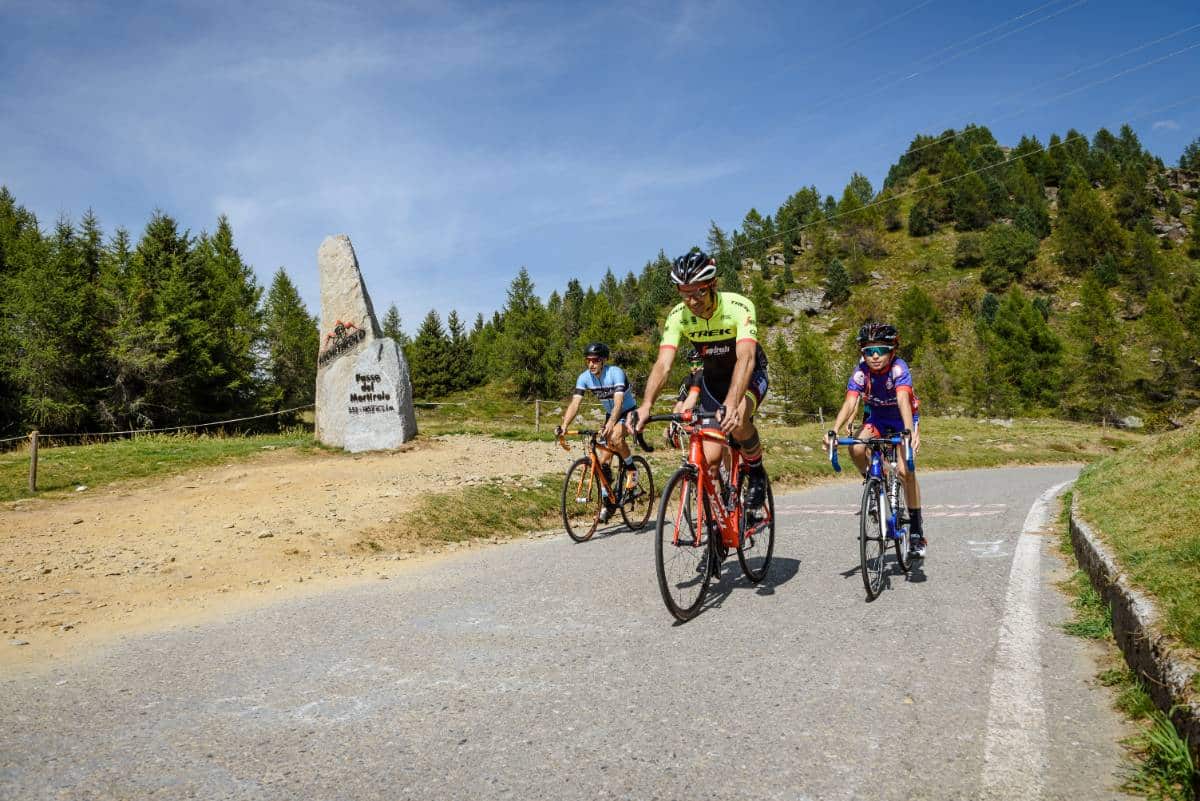
Grosio, the village of the two castles
The two manors are the castle of San Faustino, with its Romanesque bell tower, and the New Castle, with its double walls and mighty fortified tower.Among the most history-rich towns in Valtellina, Grosio is also a center of interest for archaeology enthusiasts with the Park of Rock Engravings. For handicraft enthusiasts, there is pewter – with which trays, plates, trophies and jewelry are made – and lace and lace, which are precious for the preparation of traditional local costumes. Alongside the two castles, Grosio has art itineraries that touch on the beautiful parish church of San Giuseppe – with a rich late Baroque marble altar -, the interesting church of San Giorgio – rebuilt at the end of the 15th century and with an interior rich in frescoes – and the Museo Civico Villa Visconti Venosta, the former residence of the Visconti Venosta family, in which some rooms feature pictorial decorations inspired by oriental art and original furnishings dating from the 16th and 19th centuries. Grosio, of course, is also about nature trails and hiking with historical itineraries and trails to discover its rich natural heritage, including Routes of Faith and itineraries to discover water, the territory’s abundant heritage.
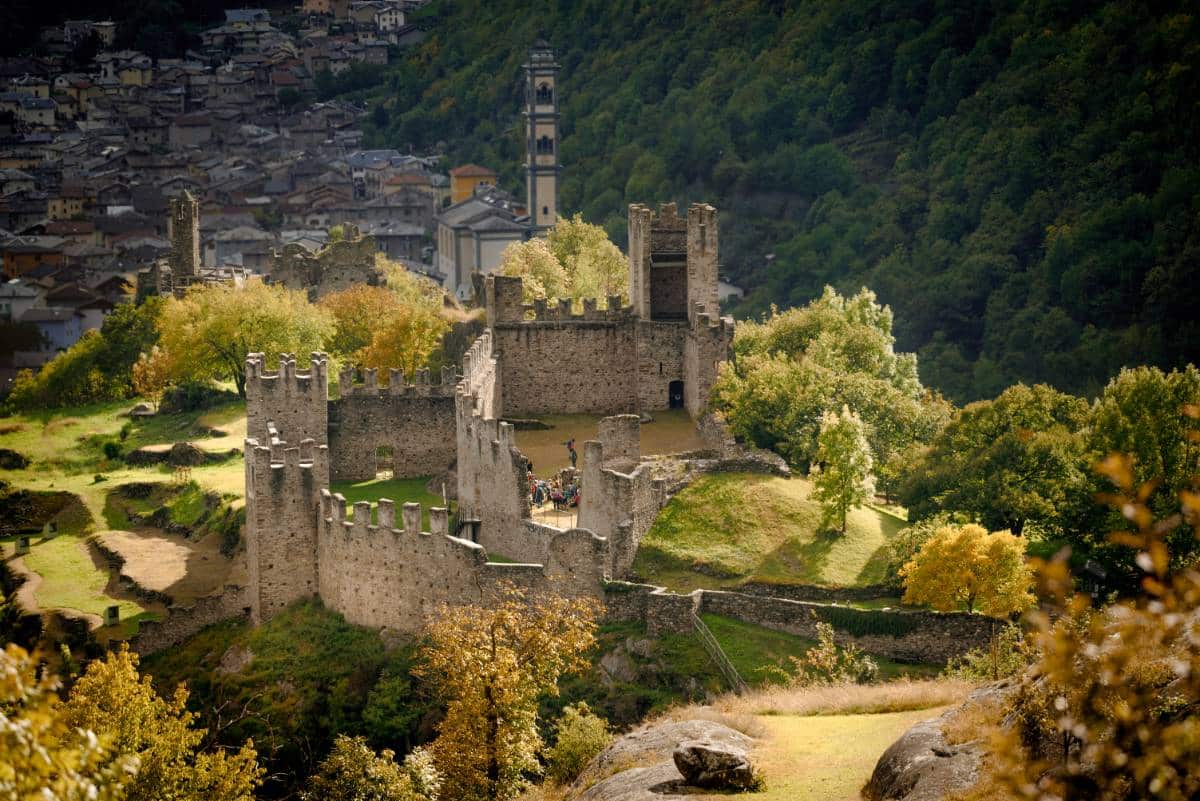


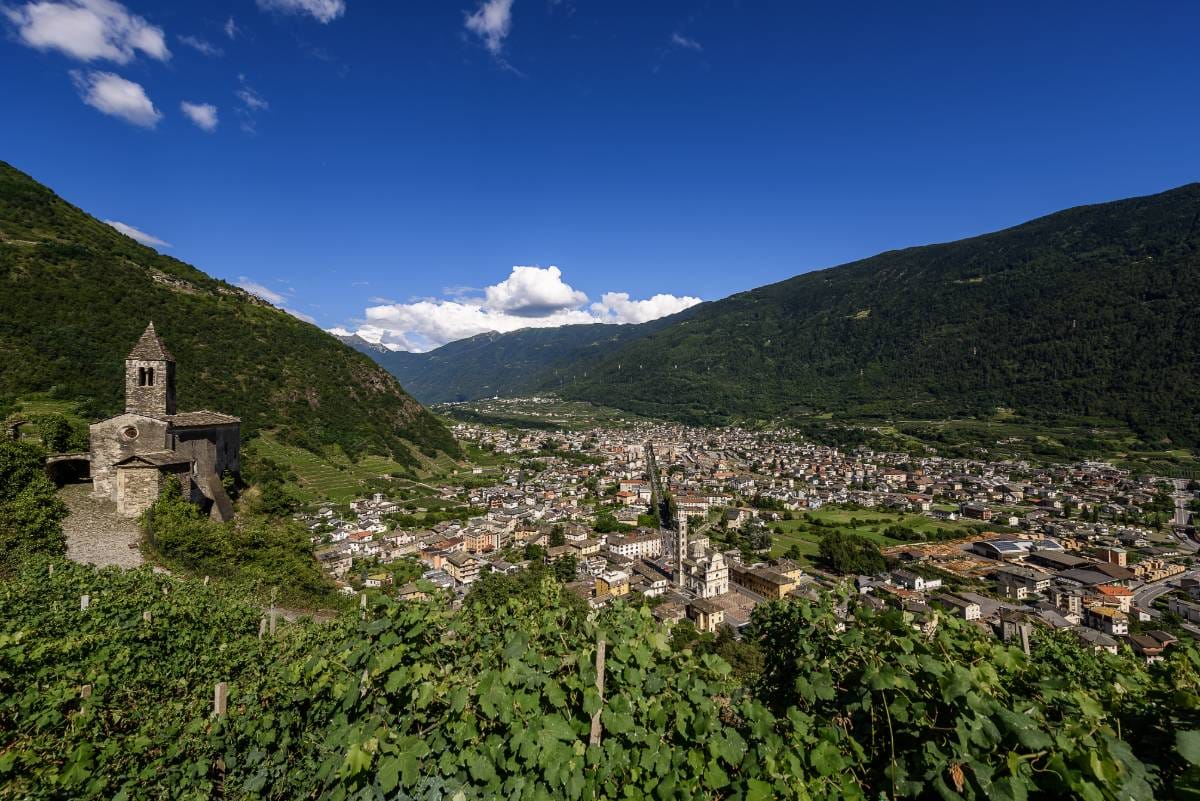
0 Comment